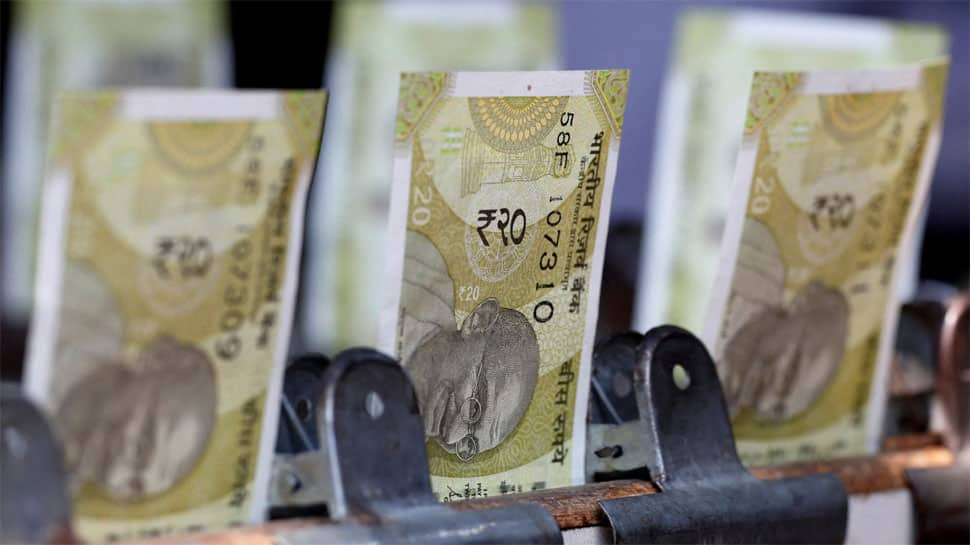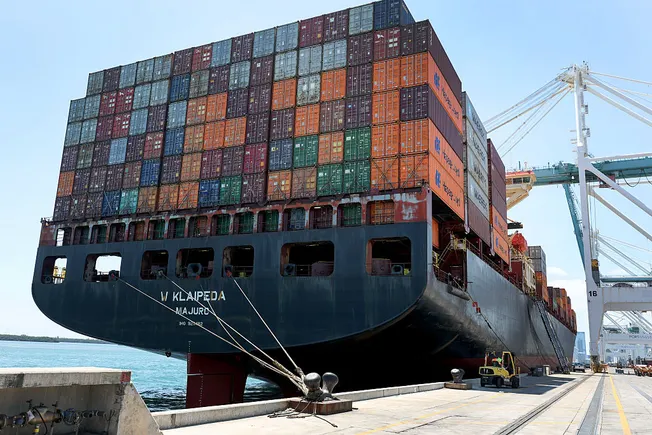India's Green Bond Boom: Powering Sustainable Growth and Infrastructure

India's Green Bond Market: A Decade of Sustainable Growth
India's commitment to sustainable development is increasingly visible in its burgeoning green bond market. The journey began in February 2015 when Yes Bank boldly issued the first rupee-denominated green infrastructure bond, marking a pivotal moment in India's sustainable finance landscape. Since then, the market has witnessed remarkable growth, with both the private and public sectors actively participating in green bond issuances.
Why the Surge in Green Bonds?
Several factors are driving this impressive growth. Firstly, India's ambitious climate goals, outlined in its Nationally Determined Contributions (NDCs) under the Paris Agreement, necessitate significant investment in renewable energy, energy efficiency, and climate-resilient infrastructure. Green bonds provide a crucial mechanism to channel funds towards these projects.
Secondly, growing investor awareness and demand for sustainable investments are playing a key role. Both domestic and international investors are actively seeking opportunities to align their portfolios with Environmental, Social, and Governance (ESG) principles. Green bonds offer a transparent and readily identifiable avenue for achieving this.
Key Developments and Trends
Over the past decade, India has seen a diverse range of green bond issuances across various sectors. Power generation (solar, wind, hydro), transportation (electric vehicles, green railways), and buildings (energy-efficient construction) have been major beneficiaries. Sovereign green bonds, issued by the government, have further boosted market confidence and attracted significant international interest.
The introduction of the Green Bond Framework by the Securities and Exchange Board of India (SEBI) in 2021 provided a clear set of guidelines and standards for green bond issuances, enhancing transparency and investor trust. This framework defines eligible green projects, reporting requirements, and verification processes, ensuring the integrity of the market.
Challenges and Opportunities Ahead
Despite the impressive progress, challenges remain. Developing a robust pipeline of eligible green projects is crucial to sustain market growth. Standardizing green bond definitions and reporting frameworks across different sectors can also improve comparability and attract a wider range of investors. Furthermore, enhancing the capacity of local institutions to assess and verify green projects is essential.
Looking ahead, India's green bond market holds immense potential. With continued government support, enhanced regulatory frameworks, and growing investor demand, India can solidify its position as a leading issuer of green bonds in Asia and contribute significantly to global sustainable finance efforts. The focus should be on deepening the market, broadening the range of issuers, and ensuring the long-term integrity of green bond investments.
The Future of Green Finance in India
India's journey with green bonds is a testament to its commitment to a sustainable future. As the country continues to pursue its climate goals, green bonds will undoubtedly play a vital role in financing the transition to a low-carbon economy. The government’s proactive measures and the increasing participation of both public and private entities signal a bright future for green finance in India.






